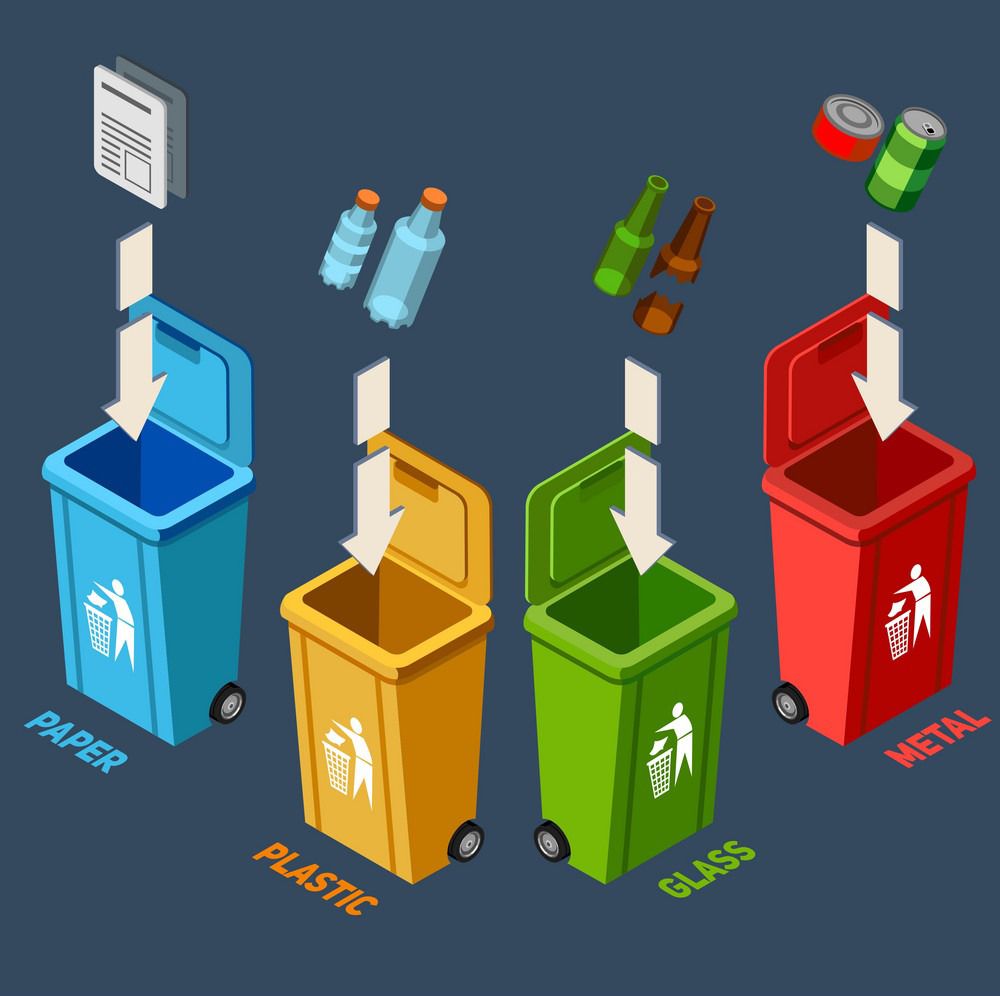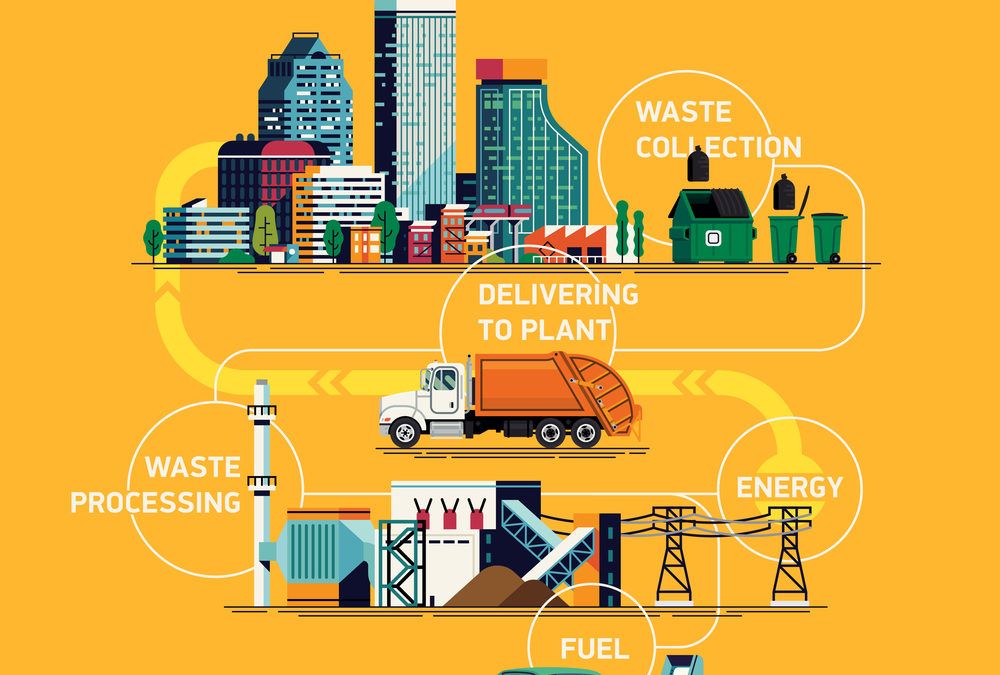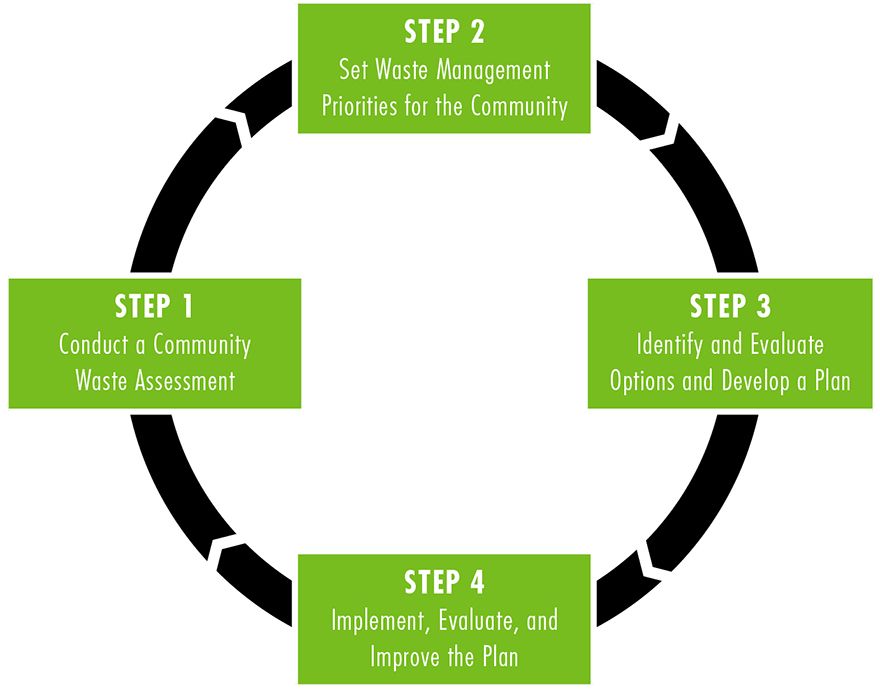Solid Waste Management (Or) Waste Shed Management
Jun 27, 2019 • 9 views
Hello guys;
Rapid population growth and urbanization in the developing countries have led to the generations of enormous quantities of solid waste and consequential environment degradation. An estimated 7.6 million tonnes of municipal solid waste is produced per day in developing countries. These wastes are disposed of in open dumps creating a considerable nuisance and environmental problems. These are a potential risk to human beings health and the environment from improper management of the solid wastes. Management of solid waste is, therefore, become very important in order to minimize the adverse effects of solid wastes. So this is the intro part of the solid waste management or waste shed management, now we are going to see detailly about the solid waste management how the solid wastes should be handled properly without any harm to the human beings, plants, animals and environment.
Types of Sources of Solid Wastes:
Depending upon nature, solid wastes can be broadly classified into three types they are,
Urban (or) Municipal wastes
Industrial Wastes
Hazardous Wastes

Sources of urban (municipal) Waste:
Urban or municipal wastes include the following wastes,
Domestic Wastes: It contains a variety of materials thrown out from the homes.
Example: Food waste, cloth, waste paper, glass bottles, polythene bags, waste metals, etc...
Commercial Waste: It includes the waste coming out of the shops, markets, hotels, offices, institutions, etc...
Example: Waste paper, packing materials, cans, bottle, polythene bags, etc...
Construction Waste: It includes the waste in the process of building construction and other constructions in the field. It includes the wastes of the construction materials.
Example: Wood, concrete, debris, bricks, etc...
Biomedical Wastes: It includes mostly the waste of organic materials.
Example: Anatomical wastes, infectious waste, vaccine wastes, etc...

The above image represents how the solid wastes (or) municipal waste are converting in to use to human beings, plants, animals. How does the solid waste (or) municipal waste is converting into a usable product without harming human beings, plants, animals all the living organisms in the world? There should be perfect plan how the waste can be decomposed or it can convert into a useful product, initially, we have to plan how the waste can be preserved, then we can convert easily into whatever we want.
Type and Characteristics of Urban (municipal) Wastes:
Bio-degradable Wastes:The urban solid wastes materials, that can be degraded by microorganisms are called biodegradable wastes.
Example:Food, vegetables, tea leaves, eggshells, dry leaves, etc...
Non-Biodegradable Wastes:The urban solid waste materials that cannot be degraded by microorganisms are called non-biodegradable wastes.
Example:Polythene bags, scrap metals, glass bottles, etc...

